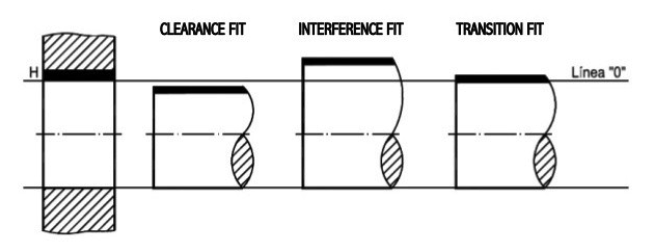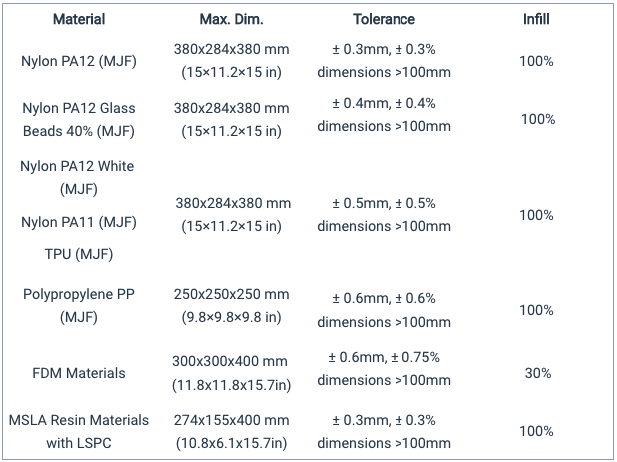I have two interlocking parts. How do I calculate the tolerance to ensure play?
Here is a brief guide on how to size parts that will be mated to others and assembled.
Generally, there are 3 different type of fits that can be realised during the design and manufacturing of parts:
1 - Clearance Fit: when one part has to slide or rotate around another, you must design a clearance between the mating surfaces.un gioco tra le superfici di accoppiamento.
2 - Interference Fit: if you need parts to stay tightly assembled without any relative motion, you might aim for an interference fit. In this situation, there will be a forced insertion of the two components.
3 - Transitional Fit: this is a combination of clearance and interference fits, useful when you want parts to be assembled and disassembled easily but also hold their position.
General Tips
Assembly Methods: always take into account the assembly process. Some methods like welding, gluing, or fastening could alter the effective tolerances.
Part geometry: always keep in mind that the declared tolerances are a value that we know can be reliably manufactured. Tighter tolerances may be achievable but cannot be replicated consistently due to variability of part geometry.
In the following image, the different fits are exemplified to better understand the matter. The black area is delimited by the minimum and maximum dimensions as per the tolerance range.

❗All tolerances are applied to the entire component, including specific areas such as thicknesses, holes, pivots, centre distances, etc.

Learn about all the FAQ sections
Check out related sections to learn more about how Weerg works and quickly find answers to your questions.